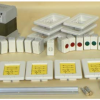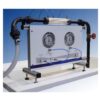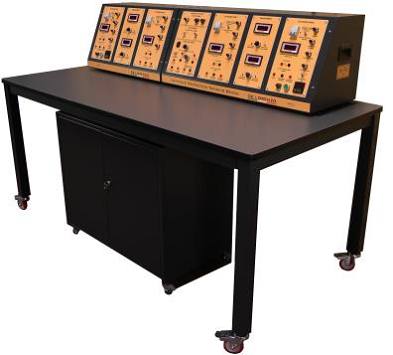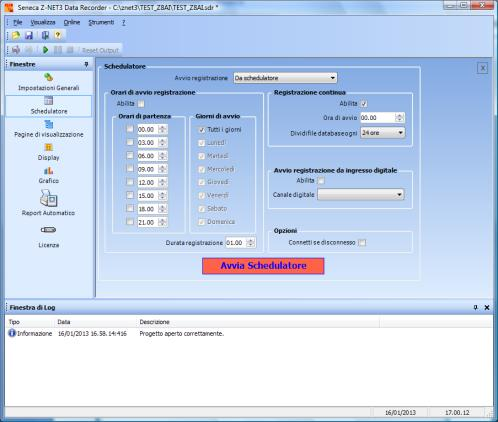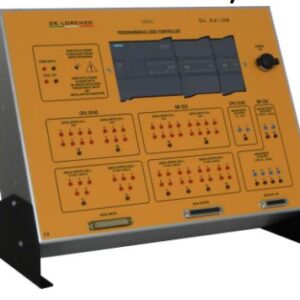LIST OF MATERIALS
Bench with wheels with electrical console to connect to the mains Vac supply and lockable shelves. Provided with waterproof top surface.
4 DC feeders (each provided with constant voltage, constant current, constant potential facilities). The relevant instruments are on the front console of the bench.
Digital voltmeter on console.
2 digital ammeters on console.
PC interface for the measurement and record of 5 different channels.
Sets of 100 Safety gloves
2 Cu/CuSO4 portable reference electrode
2 Ag/AgCl portable reference electrode
10 Copper electrodes, 12x100mm, thickness 1mm
10 Carbon steel electrodes
5 Transparent basins to build the electrolytic test
Simple circuit with slliding resistor and lamp. Suitable for the insertion into the lectrical circuit of the electrolytic cell
10 Zinc electrodes diam 10×100 mm
10 Magnesium electrodes diam 20×100 mm
10 Aluminium electrodes
4 Fe/Si Anode 25mmx150mm
Cu rod diam 1mm, lenght 0,5m
Ag rod diam 1mm, lenght 0,5m
Fe rod diam 1mm, lenght 0,5m
Fe/Cr/Ni rod diam 1mm, lenght 0,5m
Resistivity fluid cell
Waterproof resistor
Relevant sprayer (to connect to air pump on the bench)
10 Carbon steel electrodes (completely coated with epoxy compound)
8 Various Reagents in plastic cans (0,25kg or 0,100 kg/each) with technical sheet
Electronic pH meter
Set of spare fuse
10 Set of ancillaries and connecting leads
Paper copies and CD of the manual book for training of the teacher in order to undertake the experiments
Average training hours: 15h.
Approx. packing dimensions: 0.62 x 1.21 x 0.82 m.
Net weight: 51 kg.
Complete with:
User and experiments manuals.
PC interface and software for data acquisition.
ALTERNATIVE:
DL MK2
Single station cathodic protection training bench.





